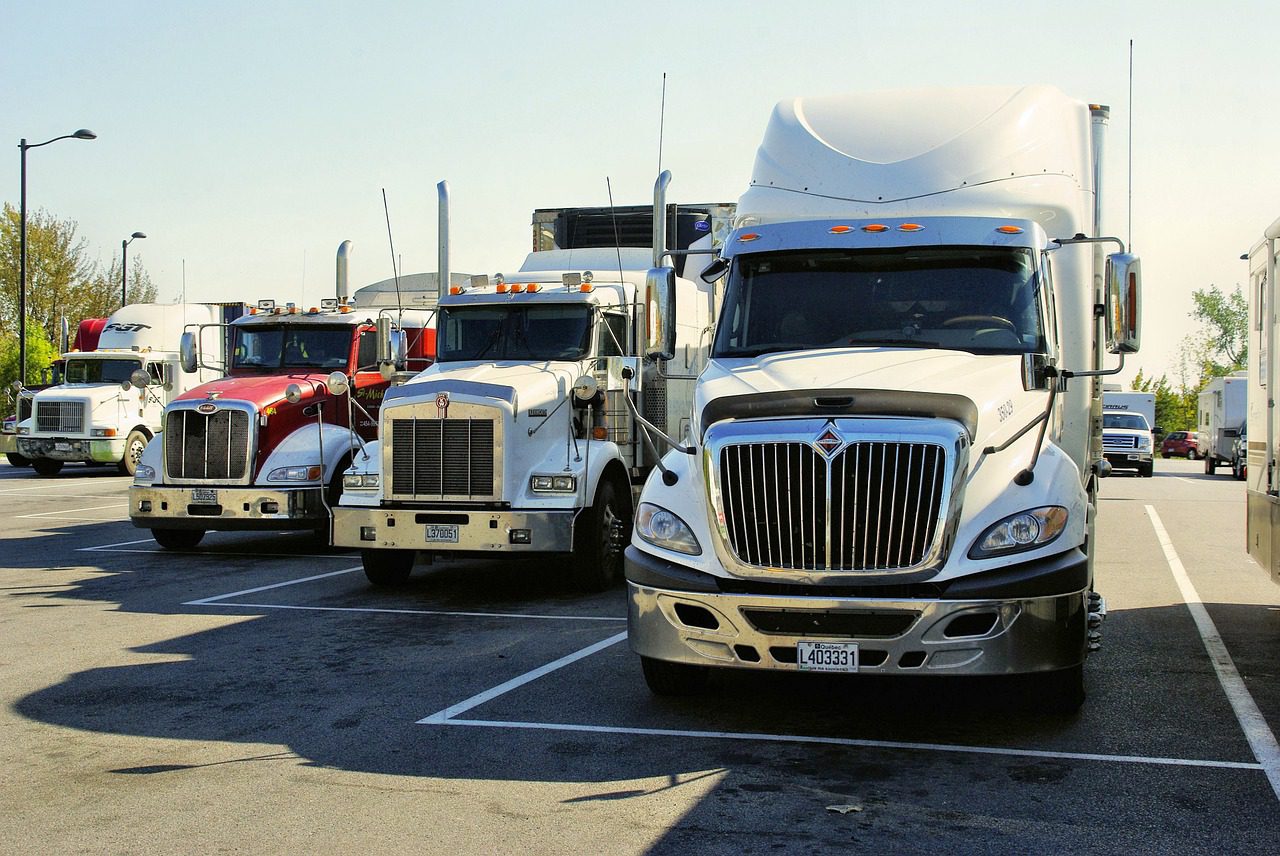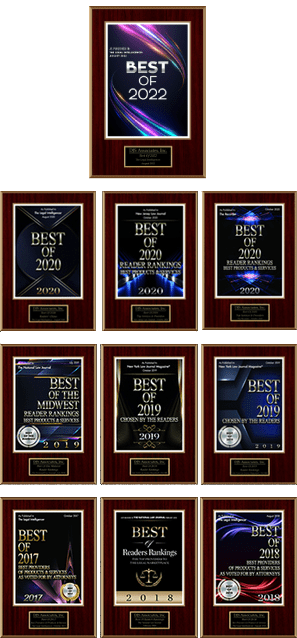Trying The Trucking Case with Digital and Other Objective Evidence to Tell Your Best Story

Robert T. Lynch, P.E., Principal Collision Reconstruction Engineer
It has always been known that eyewitness testimony is not the best evidence. Memories can be unreliable. They can be manipulated. They fade over time. Over the years, we have seen cases where false memories have been implanted through leading and suggestive language. In truck accident cases, key evidence provided by witnesses regarding time and distance is often wrong. Even truck drivers who are involved in an accident get the details mixed up.
In today’s digital age, juries want more than testimony. They want to see a presentation that is lively and engaging. Since the advent of smartphones, the average human attention span has dramatically decreased. Because we have become visual learners, digital evidence and other objective data can be used to create engineering animations and recreations that will captivate a jury. Objective evidence, presented clearly, also helps convey complex facts into an easy to digest manner. Repetition is also important. Photographs or videos shown many times during a trial can help improve the memory of the jury. Non-testimonial evidence is reliable, dynamic, and can have a profound effect on a jury.
Click here to read the full article.
Categories: Trucking


